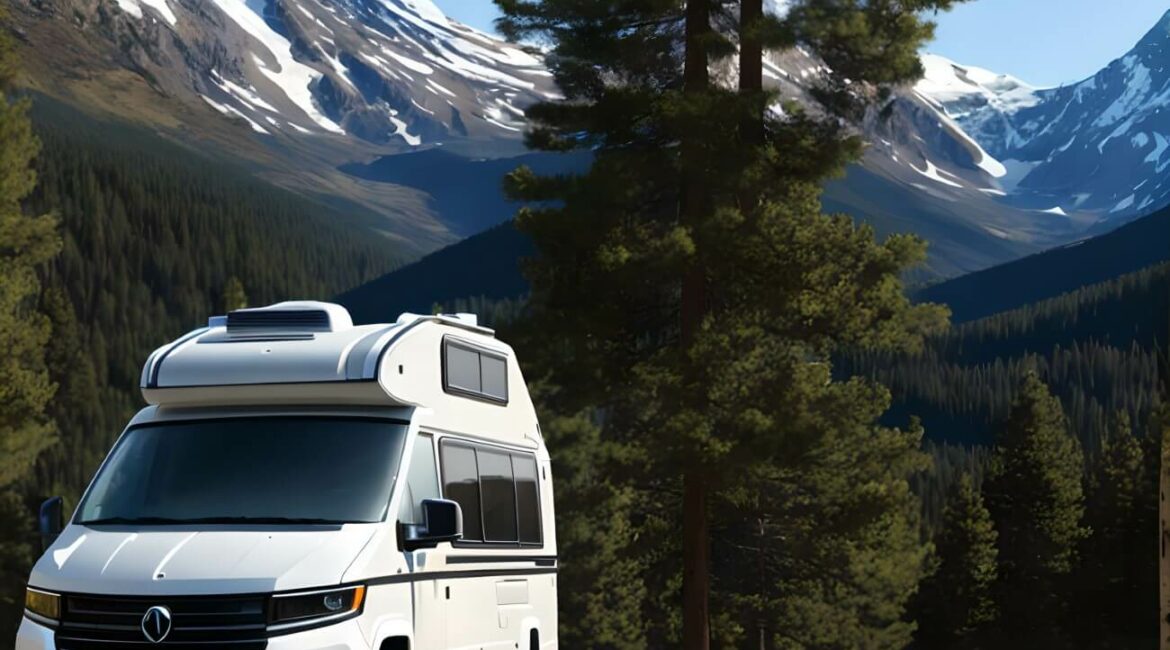Your RV is more than just a vehicle; it’s your mobile haven, a cherished space where countless memories are made. But like any cherished space, wear and tear are inevitable. One of the most common areas to show age in an RV? The floor. But don’t worry! We’ve got you covered with this step-by-step guide to ensure your RV floor replacement is smooth sailing.
1. Gather Necessary Supplies:
Before diving in, make sure you’ve got all the tools handy. You’ll need a crowbar, utility knife, measuring tape, pencil, plywood or your chosen flooring material, screws, and a drill.
2. Remove the Old Flooring:
Begin by removing any furniture or appliances that might be bolted to the floor. Then, using your utility knife, cut the old flooring into manageable sections. This makes the removal process easier and less messy. Once cut, pry up the sections with the crowbar. Remember, safety first! Wear gloves and protective eyewear to avoid injuries.
3. Clean and Inspect the Subfloor:
With the old flooring out of the way, it’s time to inspect the subfloor for any damage. Look out for rot, mold, or any soft spots. If there’s damage, you’ll want to replace those sections with fresh plywood.
4. Measure and Cut the New Flooring:
Measure the floor area accurately. If you’re using plywood, mark your measurements, and cut the plywood accordingly. For those opting for vinyl or laminate, remember to leave a little extra around the edges, which can be trimmed later for a snug fit.
5. Install the New Flooring:
Starting at one end of the RV, lay down your new flooring material. If using plywood, screw it down securely. For vinyl or laminate, follow the manufacturer’s installation instructions, ensuring there are no bubbles or gaps.
6. Replace Furniture and Appliances:
Once the floor is securely in place, reinstall any furniture or appliances you removed. And voila! Your RV floor is as good as new, ready for many more adventures ahead.
Choosing the Right Flooring Material for Different RV Zones:
When replacing your RV floor, it’s crucial to recognize that different zones within your RV might benefit from various flooring materials. For instance, while luxury vinyl might be great for the living and dining areas due to its elegant appearance and durability, you might consider ceramic tiles for the bathroom for water resistance and easy cleaning. Ensure you evaluate each area’s specific needs when selecting your flooring material.
Benefits of Eco-Friendly Flooring Options:
Today’s market offers numerous sustainable and eco-friendly flooring options. From reclaimed wood to bamboo and cork, these materials not only reduce your environmental footprint but often offer unique aesthetic appeal and durability. Additionally, they can contribute to better air quality inside your RV, ensuring your space remains fresh and chemical-free.
Dealing with Floor Insulation:
When replacing the floor, it’s an opportune time to think about insulation, especially if you often camp in colder climates. Proper floor insulation can make a significant difference in retaining heat, ensuring your toes stay warm on chilly mornings. Materials like foam board or reflective bubble insulation are popular choices that can be placed beneath the main flooring to enhance thermal efficiency.
Strategies for Maximizing Space with Floor Design:
A clever floor design can create an illusion of more space within your RV. Lighter colors tend to open up spaces, making them feel larger. Similarly, using a single type of flooring throughout (rather than different types in different zones) can provide a seamless look that extends the space visually. Also, consider plank direction; laying them lengthwise can elongate the room’s appearance.
The Role of Floor Vents and Keeping Them Clean:
Many RVs have floor vents, crucial for ensuring efficient air circulation. When replacing your floor, it’s essential to accurately measure and cut spaces for these vents. After installation, make it a routine to regularly check and clean these vents, as they can easily accumulate dust and debris, which can affect the air quality and efficiency of your heating or cooling systems.
FAQ : RV Floor Replacement Guide
What type of flooring is best for an RV?
It largely depends on personal preference. While vinyl is durable and easy to clean, some prefer the warmth of laminate. Others opt for plywood for its sturdiness. Assess your needs and choose what works best for you.
How often should I replace my RV floor?
With proper care, RV floors can last a good while. However, if you notice sagging, soft spots, or visible wear and tear, it’s time to consider a replacement.
Can I do the floor replacement myself or should I hire a professional?
While this guide is designed to help DIY enthusiasts, if you’re unsure or uncomfortable, it’s always best to consult with a professional. They’ll ensure the job is done right, giving you peace of mind.
How do I care for my new RV floor to ensure longevity?
Regular cleaning, avoiding excessive moisture, and placing protective pads under heavy furniture can extend the life of your RV floor. Additionally, periodic inspections for wear and tear can catch potential issues early on.
And that’s it! With patience and a little elbow grease, your RV floor can be refreshed and revitalized. Happy camping, and may your travels be ever smooth, both on the road and underfoot!
- Transform Your Health with Medford Medical Weight Loss Program - June 9, 2025
- A Chat with Nate and Mika, Christian Wedding Photographers - July 18, 2024
- Ultimate Guide To Playing Online Casinos - May 27, 2024









